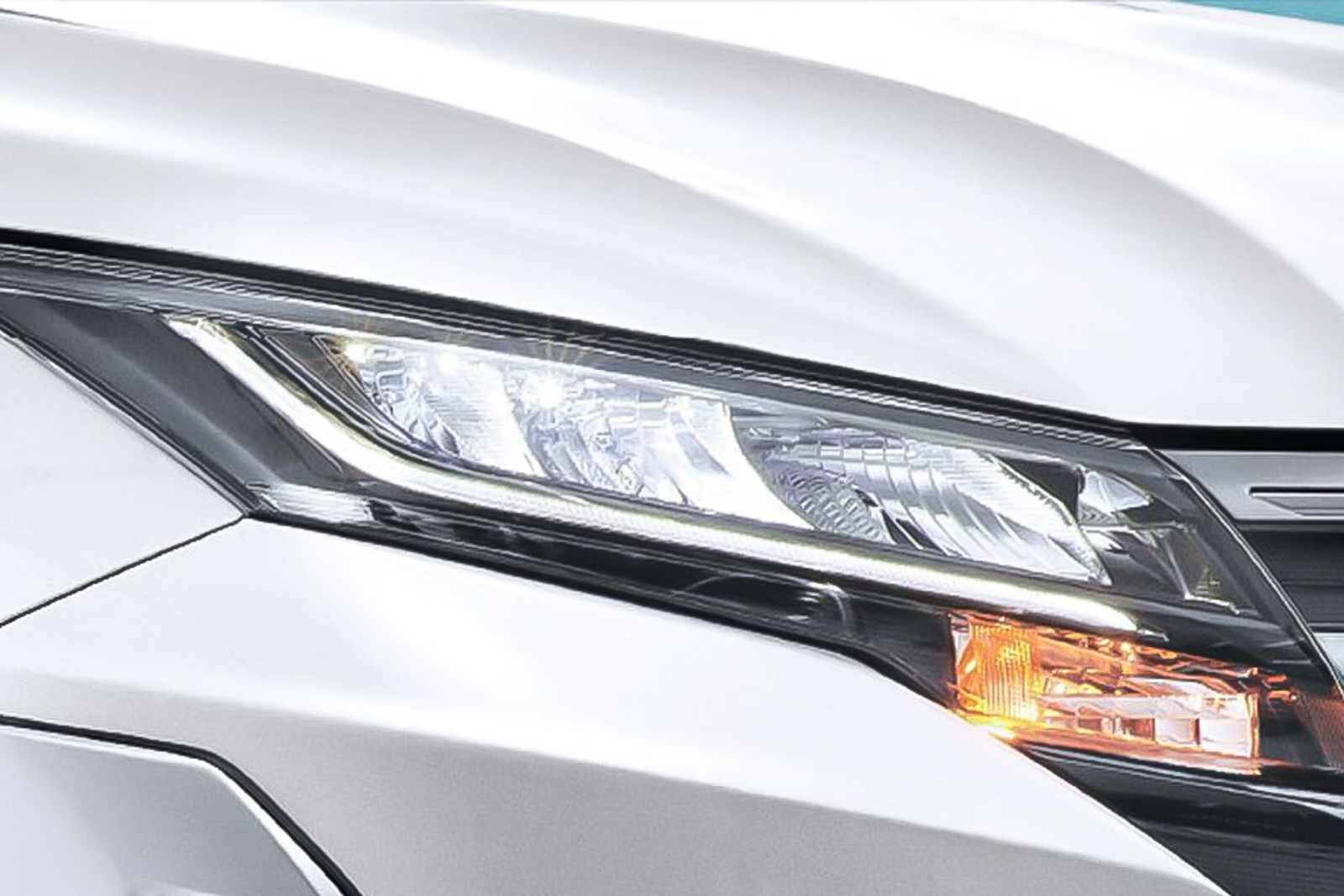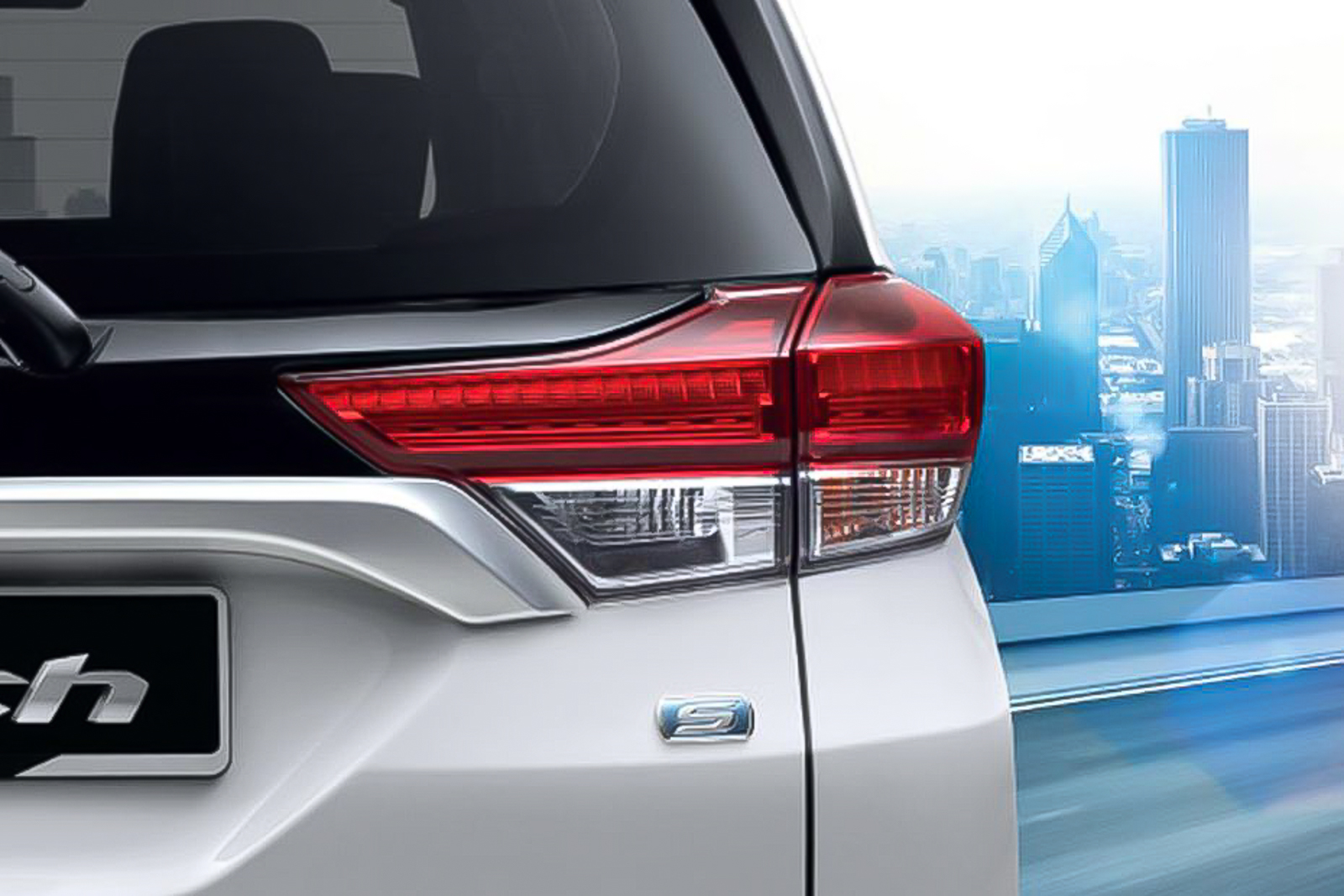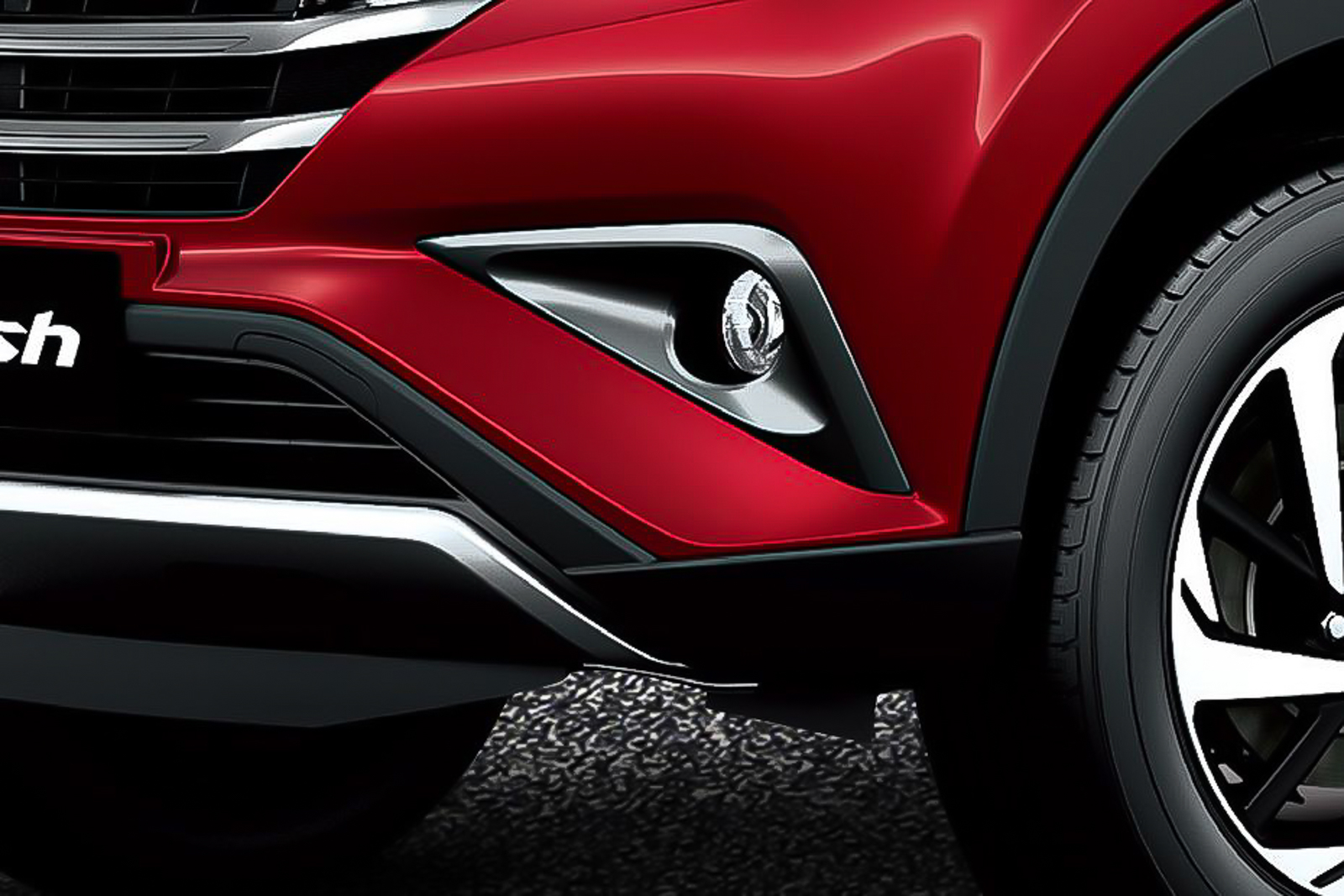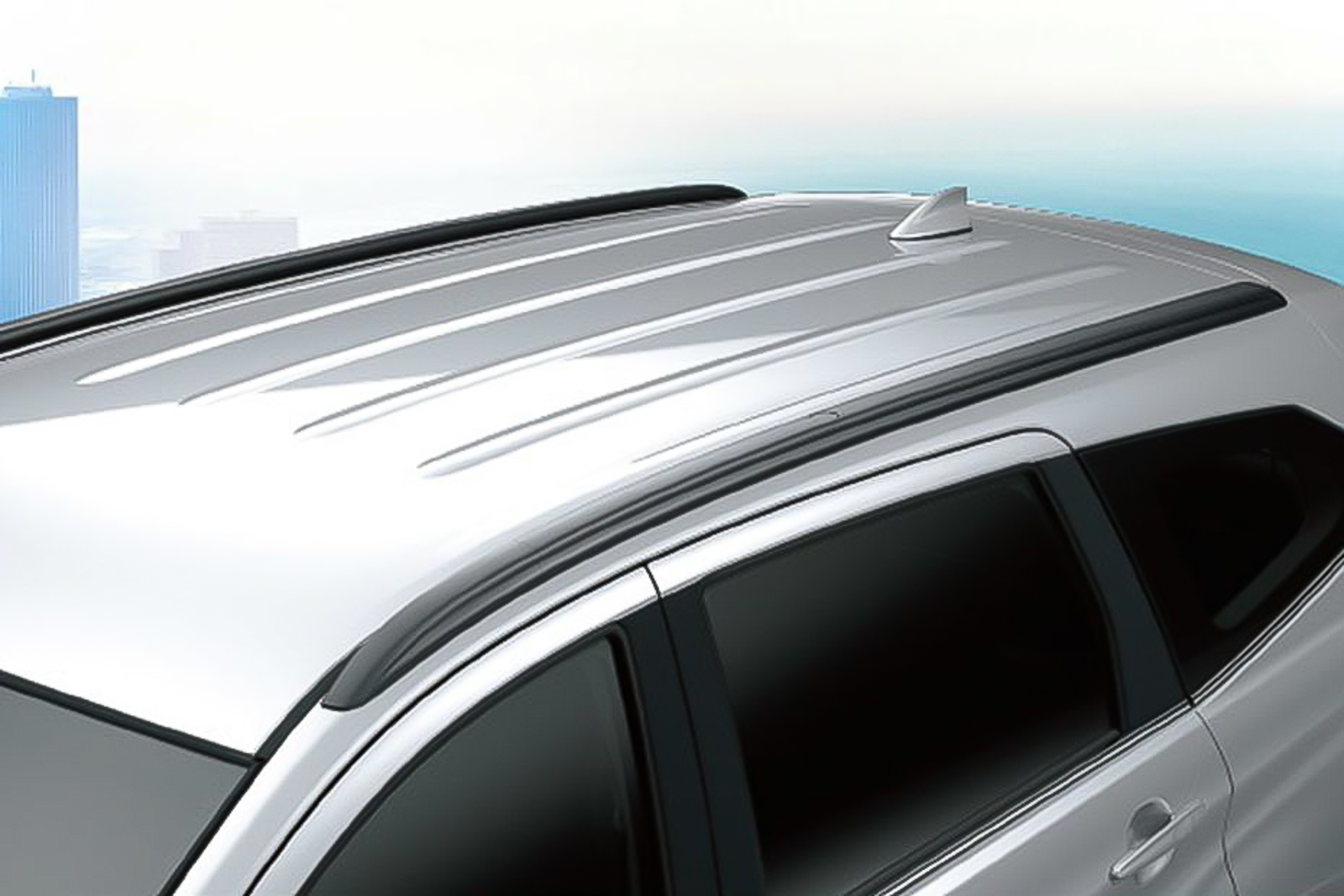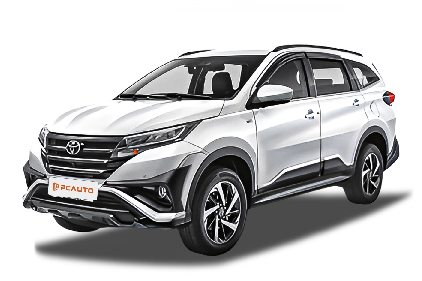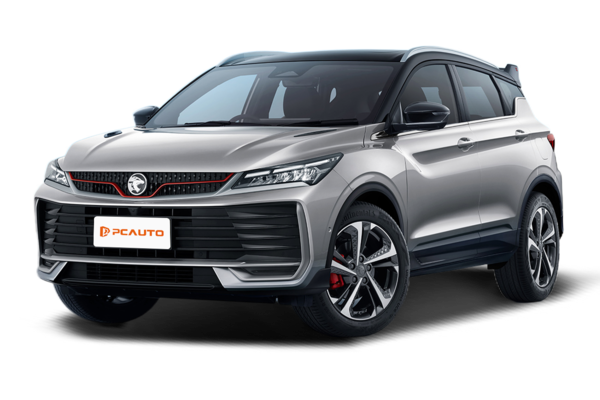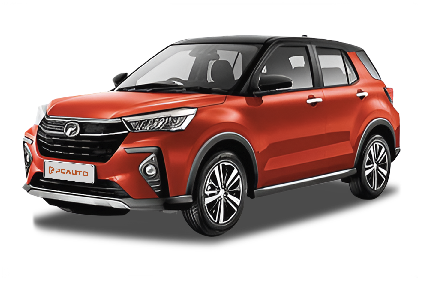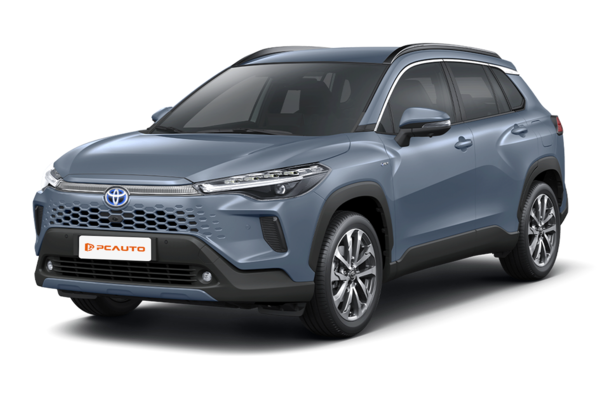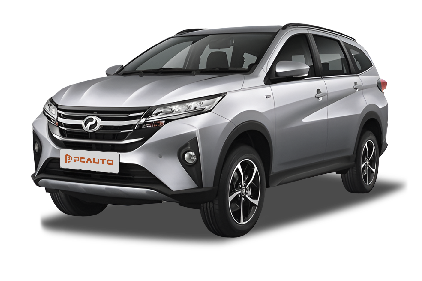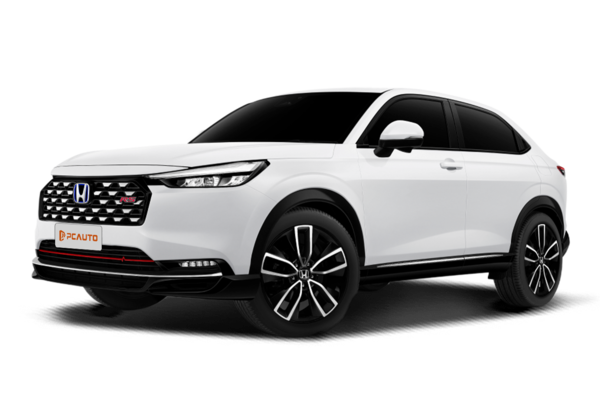Q
toyota rush berapa cc
The Toyota Rush is a pretty popular compact SUV over in Malaysia. Under the hood, it packs a 1,496 cc (that's a 1.5-liter) four-cylinder naturally aspirated engine, putting out around 104 horsepower and 136 Nm of peak torque. You can get it with either a 4-speed automatic or a 5-speed manual gearbox, making it a solid fit for both city driving and light off-roading. What really wins over a lot of family buyers is its wallet-friendly fuel economy and that typical Toyota reliability, especially handy given Malaysia's varied road conditions.
Inside, the Rush comes with some nice practical touches too – think a multifunction steering wheel, a touchscreen infotainment system, and a reverse camera – all stuff that makes driving more comfortable and convenient. If you're in the market for a compact SUV, checking out the engine size is just the first step. You should also dig into things like safety features, how efficient it is on fuel, and what the after-sales service is like to make sure you pick the best fit for your needs. The Toyota Rush balances all these aspects pretty well, making it a solid entry-level SUV worth considering.
Q
Is the Toyota Rush the same as the RAV4?
The Toyota Rush and RAV4 are not the same vehicle; rather, they are two SUVs positioned differently in the market, targeting distinct segments. The Rush is an entry-level compact SUV developed on the Perodua Aruz platform, which shares its foundation with the DAIHATSU Terios. It primarily caters to users who prioritize economy and practicality, featuring a 1.5L naturally aspirated engine and front-wheel drive (with optional all-wheel drive in some markets). Its smaller dimensions emphasize urban commuting flexibility and affordability.
In contrast, the RAV4 falls into the mid-size SUV category, built on the Toyota TNGA-K platform. It offers more spacious interiors, stronger performance options (such as 2.0L and 2.5L engines along with hybrid variants), and advanced technology features, including Toyota Safety Sense. The RAV4 is more oriented toward family users and higher-end consumers.
In the Malaysian market, the Rush is renowned for its cost-effectiveness, while the RAV4 focuses on comfort and the flagship SUV experience. If budget is a concern and the need is for daily commuting, the Rush is a suitable choice. However, for those seeking higher specifications in terms of power and features, the RAV4 is worth considering. Although both vehicles belong to the Toyota SUV family, they exhibit clear differences in target audience and product positioning.
Q
Is Toyota Rush a 5 or 7-seater layout?
The Toyota Rush is a 7-seater SUV model. It features a 3+2+2 seven-seater layout. For a vehicle with a length of 4435 mm, such a layout can better meet the needs of multi-person travel. The second-row seats are characterized by a 60:40 split-folding middle row with one-touch tumble and manual recline. The third row is a 50:50 split-folding last row. This seat design is flexible and convenient for adjusting the interior space according to the needs of carrying passengers or cargo. For example, when the number of travelers is small, the rear seats can be folded down to increase the trunk volume; when the whole family travels, seven seats can be provided for passengers. Whether for daily commutes or family trips, it meets requirements in terms of seating capacity and space flexibility.
Q
Is the Toyota Rush an SUV?
Yes, the Toyota Rush is an SUV. It is a 7-seater compact SUV specifically designed for the Southeast Asian market. With dimensions of 4435×1695×1705mm and a wheelbase of 2685mm, it offers a relatively compact yet spacious interior for passengers. The vehicle features a rear-wheel drive system, providing certain off-road capabilities. Key attributes include a high ground clearance of 220mm, which enhances its performance on uneven terrain. Powered by a 1.5L petrol engine, it delivers adequate power for daily commuting and occasional adventures. In the Malaysian SUV market, the Toyota Rush has gained significant popularity, topping the sales charts in 2024, demonstrating its appeal to local consumers who value a combination of practicality, space, and SUV functionality.
Q
What type of vehicle is the Toyota Rush?
The Toyota Rush belongs to the B-segment category, commonly understood as a compact SUV. Vehicles in this segment typically feature more compact dimensions, making them well-suited for navigating and parking in urban environments. The Toyota Rush measures 4,435mm in length, 1,695mm in width, and 1,705mm in height, with a wheelbase of 2,685mm, providing agility and convenience for city driving.
Additionally, it boasts a 7-seat layout, catering to family travel needs. In terms of performance, the Rush is equipped with a 1.5-liter naturally aspirated engine, generating a maximum power of 105 PS, which delivers adequate power for daily use. Its ground clearance of 220mm also offers better off-road capability compared to regular sedans, making it suitable for both daily commutes and occasional trips to the countryside.
Q
Is Toyota Rush a 4WD?
No, the Toyota Rush is not a four-wheel drive (4WD) vehicle. It is equipped with a rear-wheel drive (RWD) system. The rear-wheel drive layout offers certain advantages. For instance, under normal driving conditions, it typically provides better handling balance, resulting in a more engaging driving experience. During acceleration, the rear wheels, which are responsible for propelling the vehicle, can achieve better traction, potentially enhancing acceleration performance.
The Toyota Rush is a popular 7-seat B-segment SUV. With its rear-wheel drive configuration, it performs well across various terrains commonly encountered in daily use. Although it is not a four-wheel drive vehicle, its relatively high ground clearance of 220mm gives it some capability in less-than-ideal road conditions. This vehicle is well-suited for families and individuals who need a spacious car for daily commuting and occasional domestic travel.
Q
Which country is Toyota Rush made in?
The Toyota Rush is manufactured in Japan. As a globally recognized automotive brand, Toyota is headquartered in Japan and is renowned for its robust research and development and production systems. The Toyota Rush is produced in Japan's advanced factories, adhering to Toyota's stringent quality control standards to ensure that each vehicle meets high-quality benchmarks. From the careful selection of components to the assembly and inspection of the finished product, the entire process is meticulously structured.
In the Malaysian market, the Toyota Rush has gained popularity among consumers, thanks to its reliable performance, comfortable driving experience, and practical space layout. This makes it an excellent choice for those seeking good driving experience.
Q
Which is bigger, RAV4 or Rush?
The RAV4 is larger than the Rush. The RAV4 measures approximately 4600mm in length, 1855mm in width, and 1680mm in height, with a wheelbase of 2690mm. In contrast, the Rush has dimensions of 4435mm in length, 1695mm in width, and 1705mm in height, along with a wheelbase of 2685mm. A comparison of these figures shows that the RAV4 surpasses the Rush in terms of length, width, and wheelbase.
Typically, larger dimensions and a longer wheelbase indicate more spacious interiors, providing ample leg and headroom for passengers, as well as enhanced ride comfort. However, while the Rush is smaller overall, it offers a seven-seat configuration, giving it an advantage in seating capacity, thus making it an excellent choice for larger families.
Q
Is Toyota Rush small?
The Toyota Rush belongs to the small SUV category. Its body length, width, and height are 4,435 mm, 1,695 mm, and 1,705 mm respectively, with a wheelbase of 2,685 mm. Such dimensions make it relatively compact among SUV models. Although the overall body size is not large, it features a 2+3+2 seating layout as a 7-seater vehicle, accommodating the travel needs of multiple passengers. However, due to limited cabin space, using the third-row seats significantly reduces trunk capacity to just 213 liters. Nevertheless, its design prioritizes narrow roads and mountainous terrain. The compact body enhances maneuverability in tight spaces and simplifies parking, making it ideal for daily urban commutes and challenging road conditions while fulfilling diverse transportation requirements.
Q
What is the displacement of a Toyota Rush?
The Toyota Rush features a displacement of 1496cc. It is equipped with a 1.5-liter (1496cc) naturally aspirated engine that delivers a maximum power output of 105 horsepower. This engine reaches its peak power at 6000 RPM and achieves maximum torque at 4200 RPM. Designed to run on gasoline, it provides a relatively smooth power delivery for daily driving.
The 1.5-liter displacement is a common choice in the automotive industry, striking a balance between fuel efficiency and the sufficient power needed for regular commuting and light off-road driving. Moreover, the Rush not only excels in urban and highway driving but also demonstrates commendable off-road capabilities.
